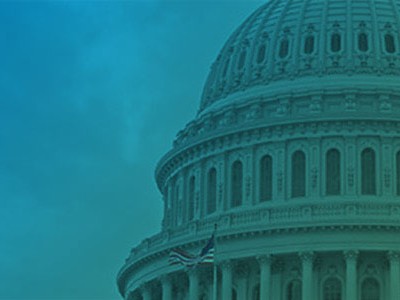7 Things Employers Should Know About Leave as a Reasonable Accommodation


Paul Kramer
Director of Compliance
The Americans with Disabilities Act (ADA) generally requires employers to provide reasonable accommodations to qualified applicants and employees with disabilities. A reasonable accommodation is any change to the hiring process, the work environment, or the way a job is normally done that allows persons with disabilities to enjoy equal employment opportunities. Examples of common accommodations include job restructuring, making facilities accessible, modifying or acquiring equipment, providing a personal assistant, training, and flexible scheduling. Unpaid leaves of absence also may qualify as a reasonable accommodation even though the disabled employee is not working while being accommodated.
Providing leave as a reasonable accommodation can be complicated, but to simplify the process here are seven things employers should remember:
Equal access to leave.
Leave requests related to a disability should be treated no differently than requests unrelated to a disability. For example, if an employer’s policy does not require certification to support a leave of absence taken by a nondisabled employee, a certification should not be needed to support leave taken by an employee with a disability.
All medically-related leave requests should be treated as requests for an accommodation.
The ADA Amendments Act of 2008 made it easier for employees seeking ADA protection to establish a disability. Therefore, to be safe, any request for leave due to a medical condition should be treated as a request for reasonable accommodation necessitating a prompt interactive process to determine how to effectively address the situation.
Unpaid leave as a reasonable accommodation.
Employers must consider providing unpaid leave as a reasonable accommodation. The reasonable accommodation process, however, does not extend to granting paid leave beyond what is provided in the employer’s paid leave policy.

Digitalize Compliance Processes to Reduce Risk
Learn more effective ways to demonstrate compliance with the complex matrix of labor laws, while also keeping costs down and reducing risks.
Undue hardship.
Employers need not furnish leave as a reasonable accommodation if it would cause undue hardship. Undue hardship is defined as an action requiring significant difficulty or expense for the employer and it is determined on a case by case basis.
Maximum leave policies.
Policies establishing a maximum amount of leave before automatic termination are risky because they hinder an employer’s obligation to engage in an interactive process to determine what, if any, reasonable accommodation would be effective (including additional leave).
100% healed policies.
Employers violate the ADA by requiring employees with disabilities to be 100% healed before returning to work (e.g. no medical restrictions).

Indefinite leave.
When employees request leave as an accommodation but cannot say when or if they will be able to return to work, this request for an indefinite leave of absence constitutes undue hardship and need not be granted.
Obtain all necessary information.
Many companies struggle with leave as an ADA reasonable accommodation. How much time off must be granted as an accommodation is an unending question and one that, if answered incorrectly, can lead to costly confrontations with plaintiffs’ attorneys and the Equal Employment Opportunity Commission. Employers should acquire all necessary information before granting or denying leave and remember that if you allow extended leaves for other reasons, you will be hard-pressed to claim that providing extended leave as an accommodation would be an undue hardship.
More Awesome Content!
Nucleus Insights from WorkForce Customers Research Note
Nucleus Research interviews WorkForce customers who validate why we’re ranked the #1 WFM enterprise vendor for 10 consecutive years.
5 Workforce Management Secrets to Thrive in 2021 and Beyond
Download this eBook to learn the 5 secrets that will help your organization shift from surviving to thriving now and in the future and learn how the right workforce management solution can empower your initiatives.
Streamlining Complex Workforce Compliance Requirements Boosts Productivity
Discover how workforce compliance software helps EMEA organisations navigate complex legislation, enhance compliance and boost operational efficiency.




